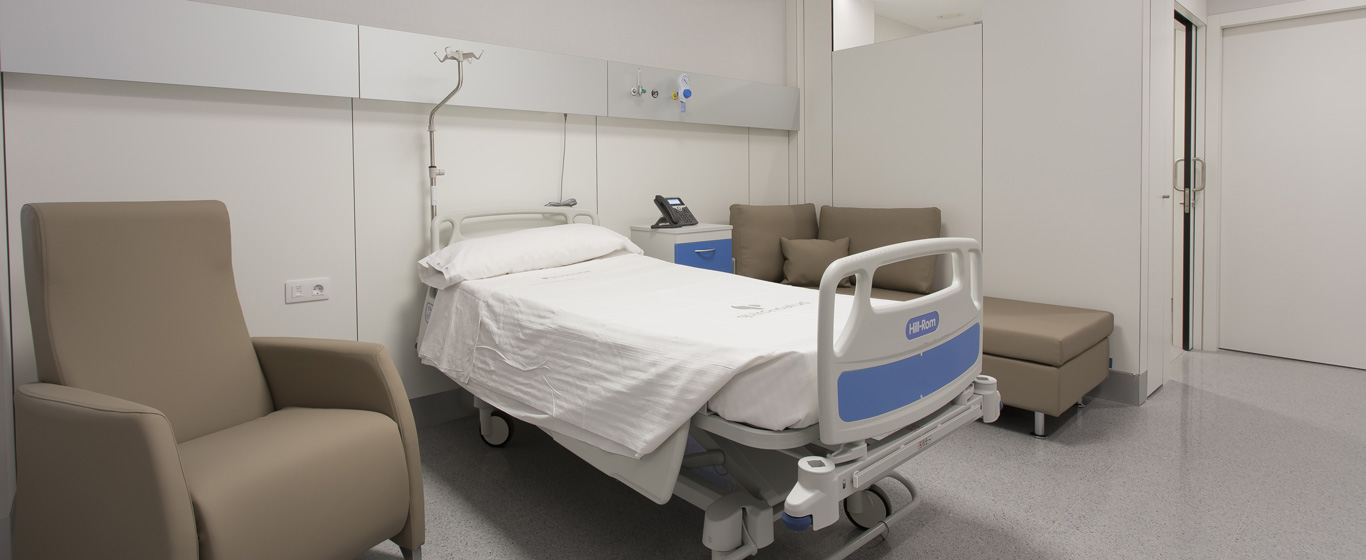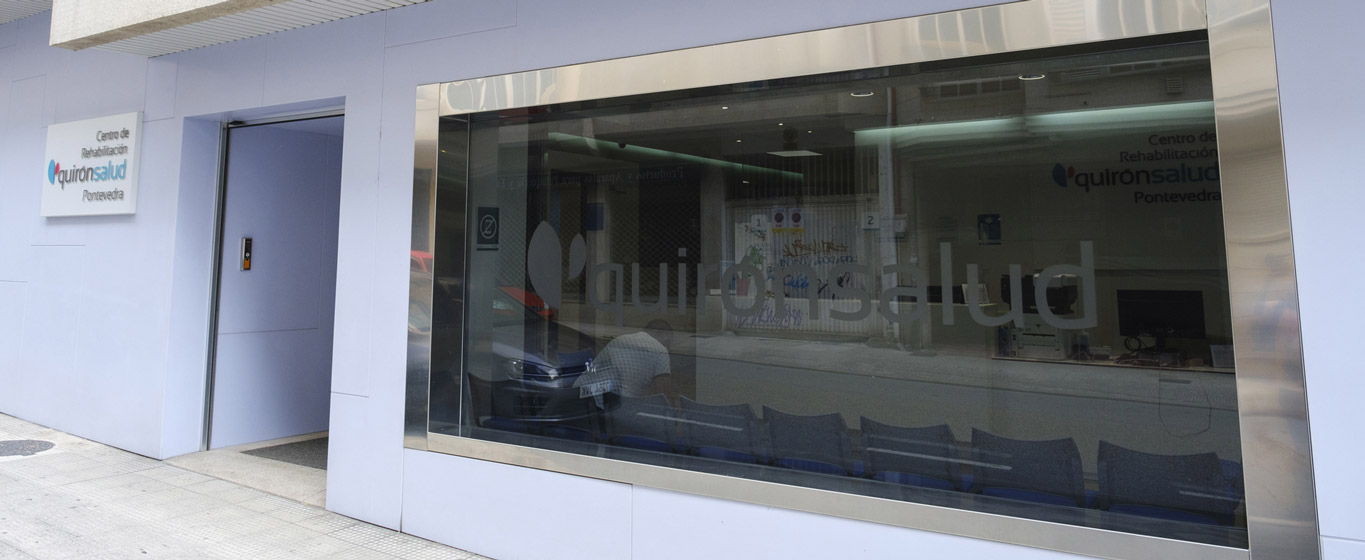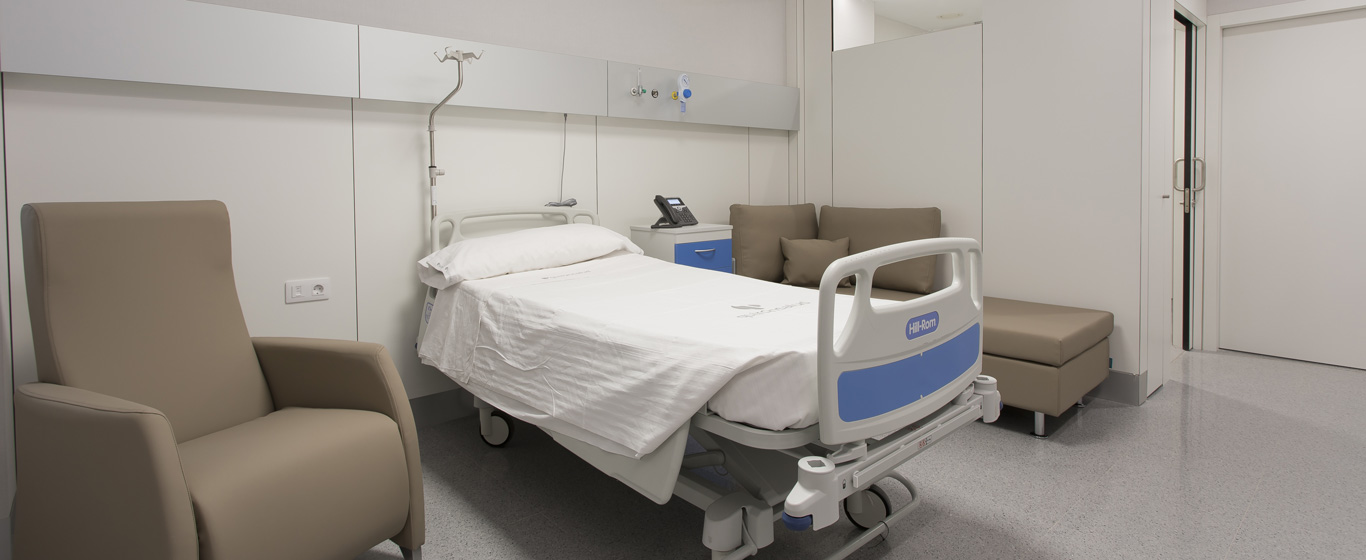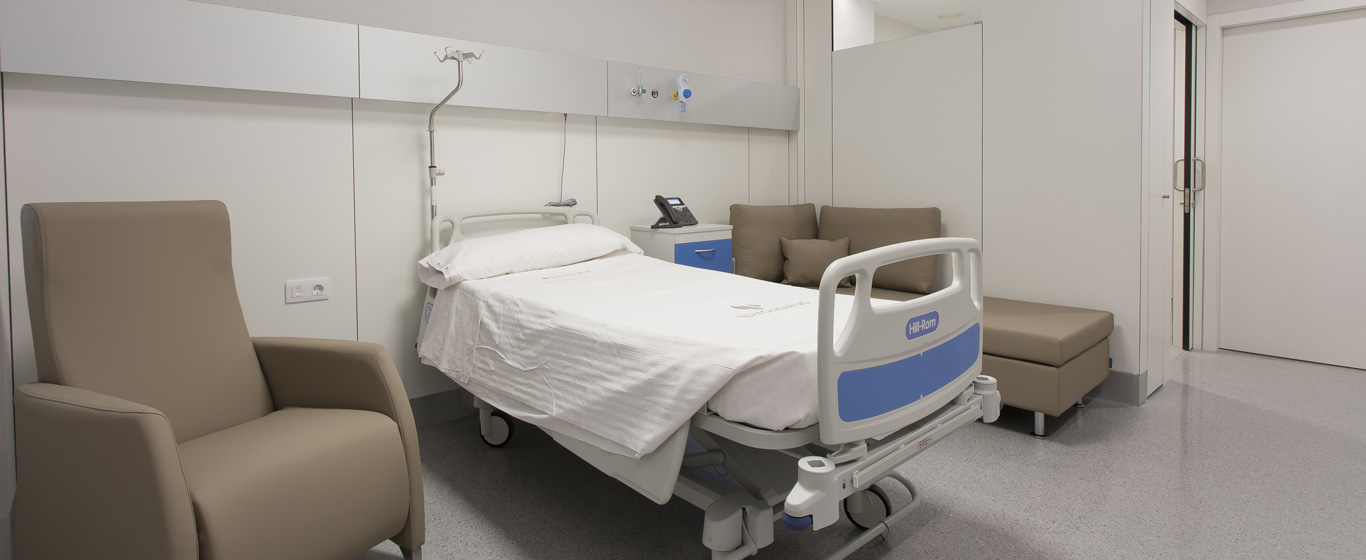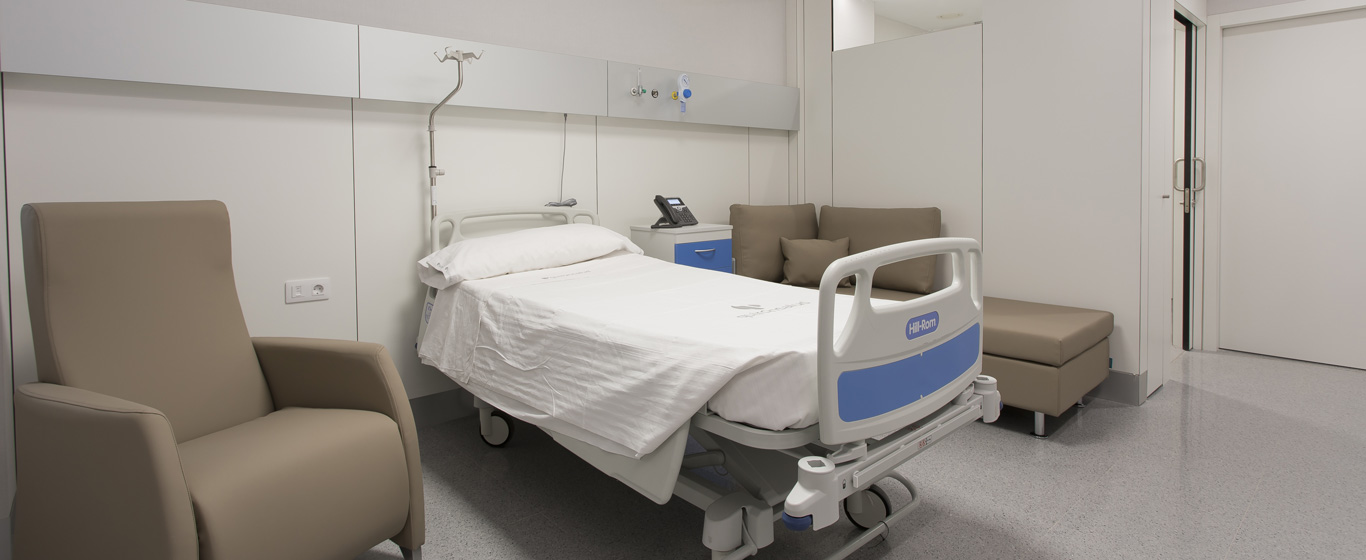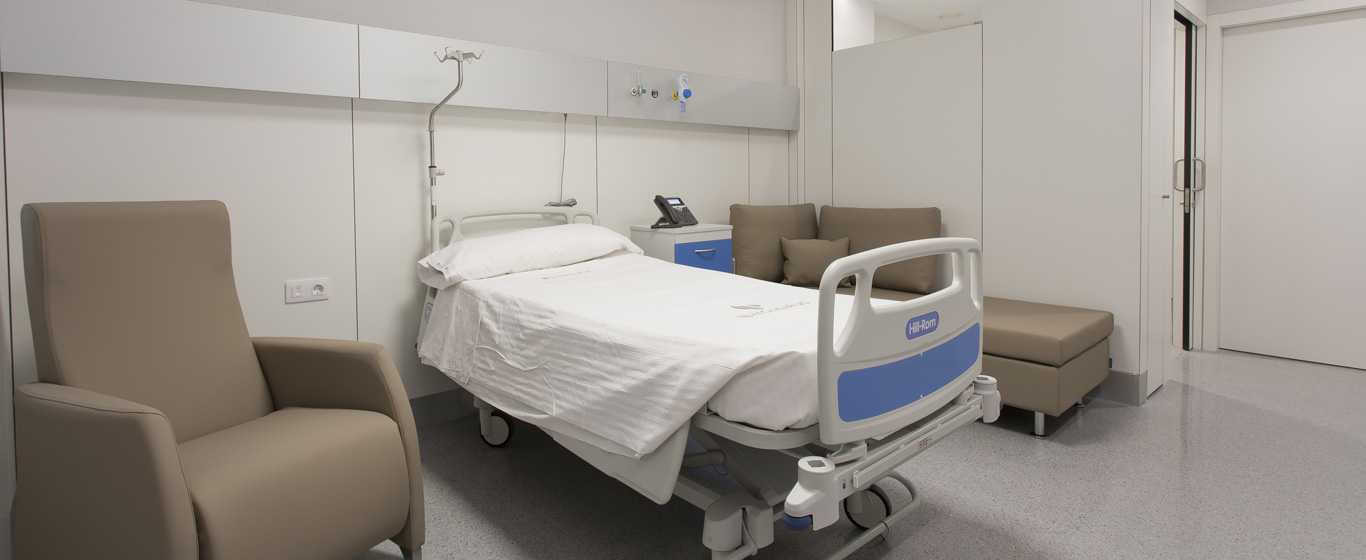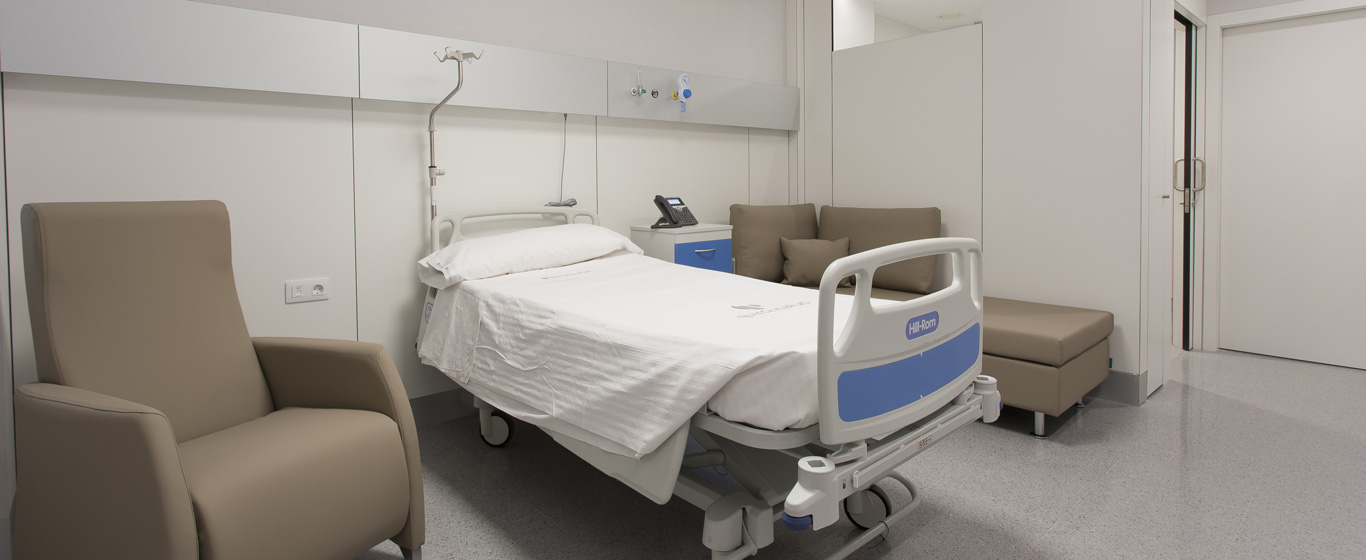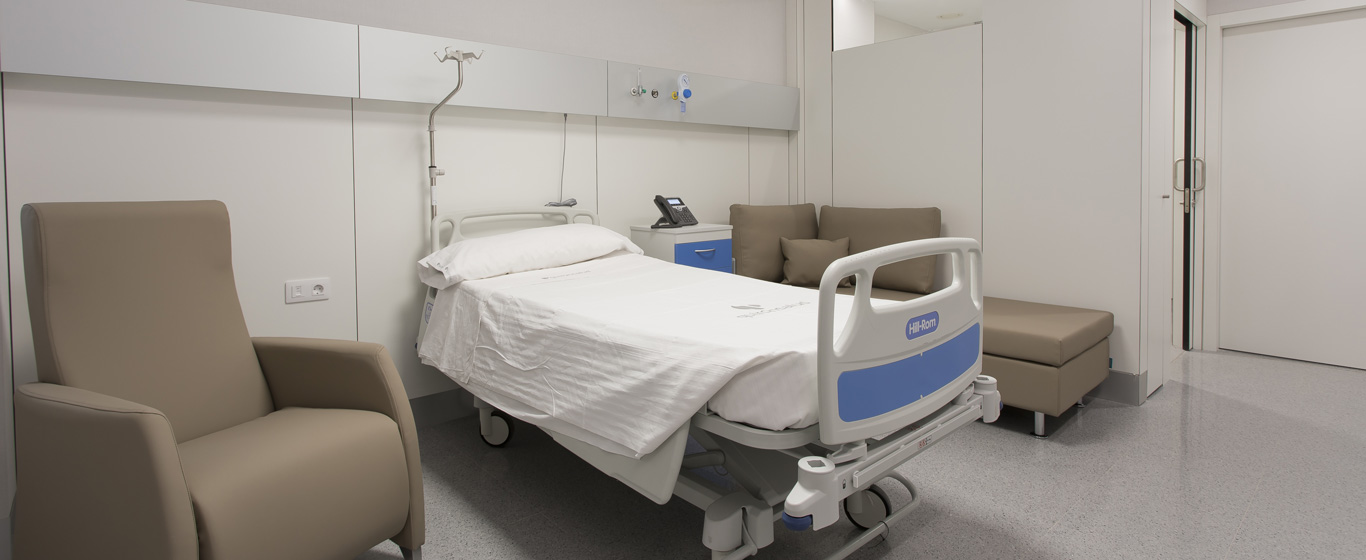Soft Tissue Ultrasound
A soft tissue ultrasound is a diagnostic technique that uses high-frequency sound waves, which produce an echo when they strike internal tissues, to obtain images of the organs and soft tissues inside the body.

General Description
A soft tissue ultrasound is an imaging diagnostic procedure used to evaluate non-bony tissues of the body. In general, all ultrasounds display images of soft tissues, but the term "soft tissue ultrasound" specifically refers to the study of the skin, subcutaneous tissue, muscles, tendons and ligaments, breasts, thyroid and parathyroid glands, and the connective tissue of the abdominal wall, inguinal region, extremities, and neck.
It works by applying high-frequency sound waves (ultrasound). A manual probe called a transducer slides over the area to be examined while emitting ultrasound waves that, upon bouncing off the internal tissues, produce an echo that is captured by the transducer and converted into images on a computer. The images are displayed in real time on a monitor.
If it is necessary to assess the vascularization and blood flow of a particular area, a soft tissue Doppler ultrasound is used, as a regular ultrasound cannot show this. In this case, the transducer directs sound waves against the red blood cells.
When is it indicated?
The soft tissue ultrasound is used to visualize and characterize various anomalies or lesions in soft tissues, including the following:
- Hernias in the abdominal wall.
- Masses such as nodules, cysts, tumors, or granulomas.
- Inflamed lymph nodes.
- Muscular, tendinous, and ligamentous injuries, such as tears, tendinitis, or bursitis.
- Post-traumatic hematomas or inflammations.
- Presence of foreign bodies, such as crystals, splinters, or metal shards.
- Circulatory disorders in the extremities.
Additionally, the soft tissue ultrasound is used as a visual guide in other diagnostic procedures, such as punctures or biopsies, as well as a control method for areas previously affected by any pathology.
How is it performed?
The test is performed with the patient positioned on a table. The position they must adopt depends on the area being examined, although generally, they lie on their back or stomach. The doctor performing the test applies a water-soluble gel to the skin of the corresponding area to facilitate the movement of the transducer, promote the passage of ultrasound waves, and eliminate air pockets that could affect the wave passage and image quality. The specialist gently moves the transducer over the area in various directions to obtain images from different perspectives, which are displayed on the screen as the test progresses.
Risks
Soft tissue ultrasound is a harmless procedure with no risks or side effects, as it is non-invasive and does not involve exposure to radiation or the injection of contrast liquids.
What to expect from a soft tissue ultrasound
Before lying down on the table, the patient should remove any clothing covering the area to be examined. Depending on the part of the body being examined, the medical center may provide a gown to cover themselves. No anesthesia or sedation is necessary for the study. The patient should remain still during the test, although depending on what is being observed, they may be asked to change position, hold their breath, or exhale without letting the air out (Valsalva maneuver), especially in the case of hernias.
The ultrasound is a painless test. The patient may feel a cold and damp sensation when the gel is applied to the skin and slight pressure as the transducer moves. However, if an area that was previously painful is being examined, the discomfort may increase.
The duration of the ultrasound depends on the area being evaluated and the complexity of the case, although it typically ranges from 15 to 30 minutes. Once the test is finished, the gel is removed from the skin, and the patient can resume their routine without issues, as it is an outpatient test that does not require hospitalization or further care.
Specialties that request soft tissue ultrasound
As a procedure that studies various areas of the body, multiple specialties may request a soft tissue ultrasound. These include family and community medicine, internal medicine, oncology, endocrinology, general surgery and digestive system, traumatology, angiología, gynecology, and obstetrics.
How to prepare
Generally, no specific preparation is required for a soft tissue ultrasound, although it is recommended to wear comfortable clothing. However, if the pelvic or abdominal area is to be examined, the patient may be advised not to eat or drink for a few hours before the test, in order to avoid affecting the quality of the images. If the ultrasound is being used as support and guidance for a biopsy or other invasive procedure, the patient may need to sign a consent form.







